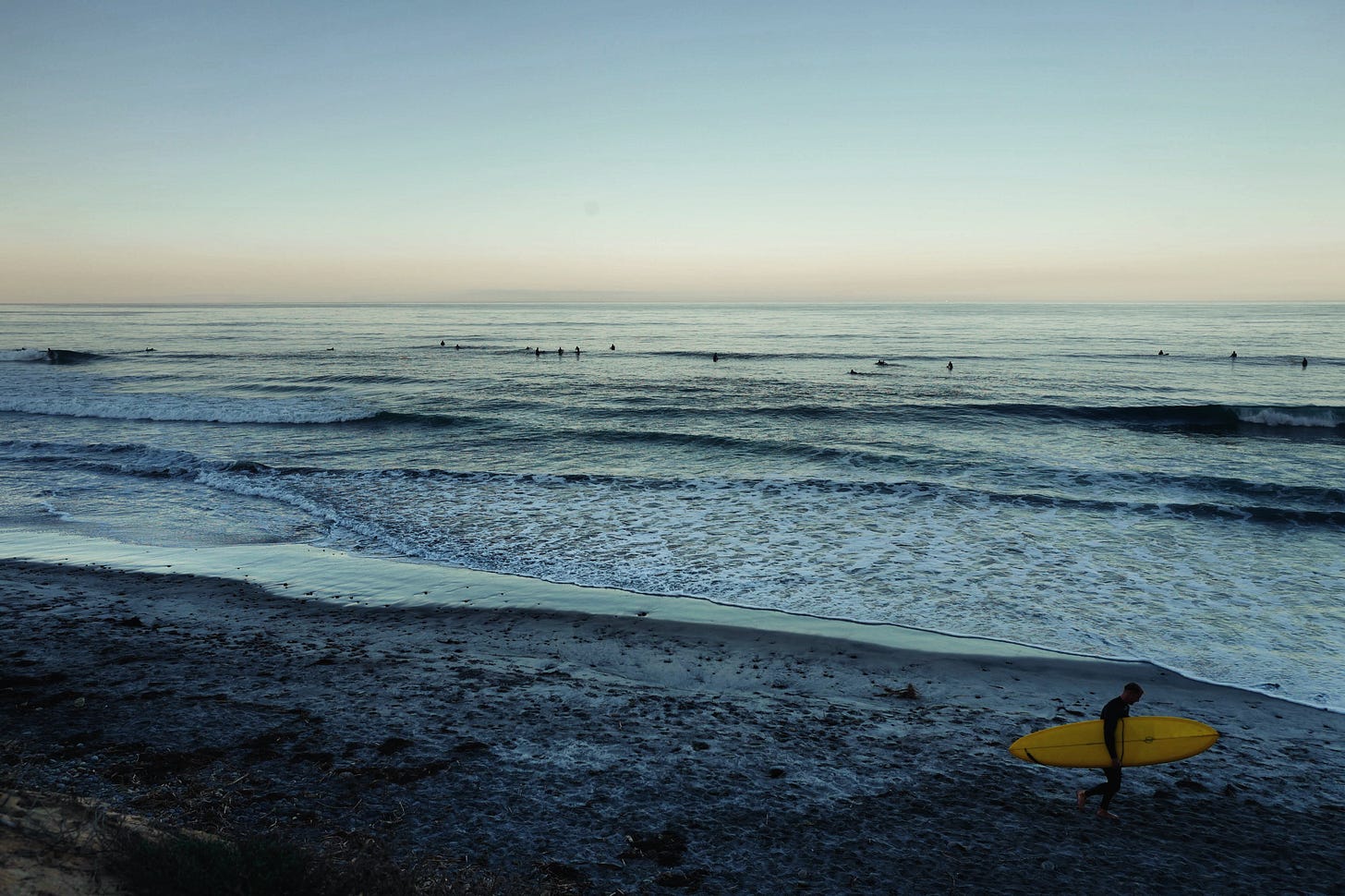Eat Less But Better
Issue No. 31 : My 30-day intermittent fasting experiment

We eat too much food.
In the United States 74 percent of adults are considered either overweight or obese. This figure includes 43 percent who are classified obese, a number that has tripled since the 1960s. The rest of the Western world is not far behind.
We also eat the wrong kind of food – ultra-processed food – because we don’t have time or knowledge to cook for ourselves anymore.
Historically we cooked at home, ate less [but better], and moved around more. But since the 1970s several things have happened:
Food being marketed as entertainment
The introduction of ultra-processed foods
The introduction of [unnecessary] “snacks”
The switch from physical to sedentary work lifestyles
Refrigerators have become bigger and bigger
Cities designed for cars, not people
Today food is made to trigger our senses, to get us to feel good about eating more and often, just like social media newsfeeds are designed to keep us glued to the screen for hours. And it’s all done for the same reason: growth and profit.
Too much food waste
The dark side of our global food system is that about 1 trillion tons or 20 percent of all food available to consumers is wasted, accounting for 10 percent of the global greenhouse gas emissions. And 60 percent of this waste is from households.
But we all know this.
The question is: What do we do about this on a personal level?
During this summer I realized that despite swimming five times a week I was gaining weight and not just muscles. My visceral and subcutaneous fat increased, still well within the recommended BMI measurements but I didn’t feel good.
I like food, especially homemade food, and I eat healthy but I realized that I ate too much for the fear of not eating enough. I started with a banana before my 6 am swim practice and ended the day with a healthy poke bowl around 7 or 8 pm.
Unhelpful snacking
In-between my three meals I also snacked – healthy snacks – like peanut butter, fruit, nuts, and dark chocolate. If I felt just a little bit of hunger coming on, I grabbed an extra Greek yoghurt, some granola, and blueberries.
So just like I had done a few years earlier in shifting my lifestyle towards a circadian rhythm, I decided that I should experiment with how we used to eat before corporate food marketing took over what and how we eat.
Before food abundance we used to fast daily as we didn’t have access to food the way we do today and I decided to try intermittent fasting for a month to see what would happen if I ate slightly less [but better] during a more narrow window.
I was recommended to start slow with a 12:12 schedule (fasting for 12 hours, eating for 12 hours) with a goal of eventually reaching 18:6 or 20:4. But the first day I made 16:8 and on the second day 18:6. Today I’m fasting 20 hours per day.
The 30-day plan
The 30-day plan is very simple:
Keep reading with a 7-day free trial
Subscribe to Fewer Better Things to keep reading this post and get 7 days of free access to the full post archives.

